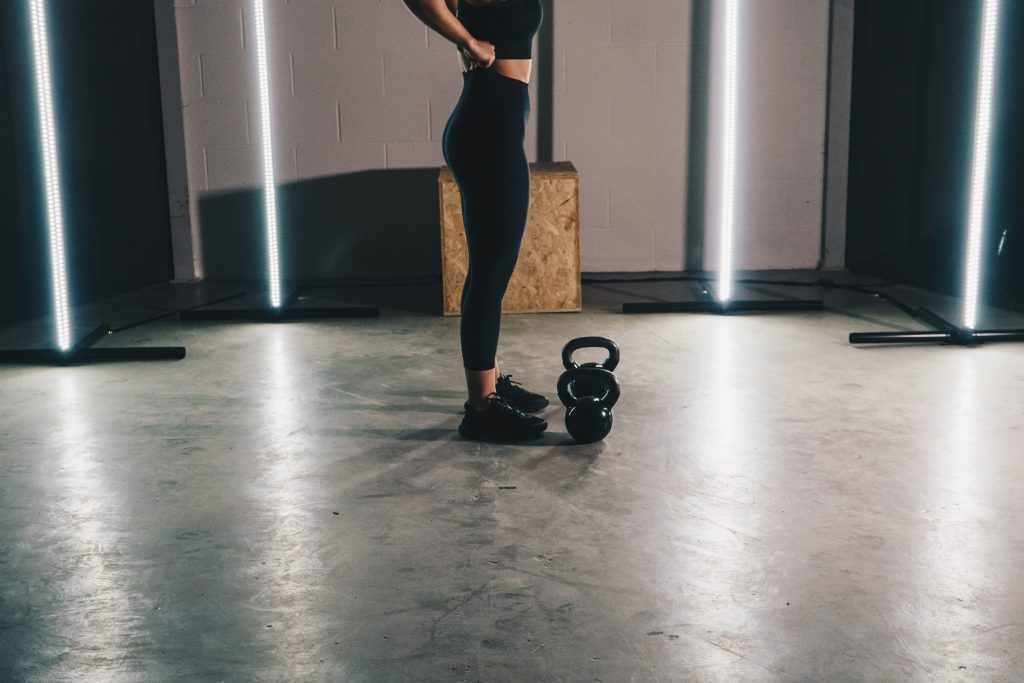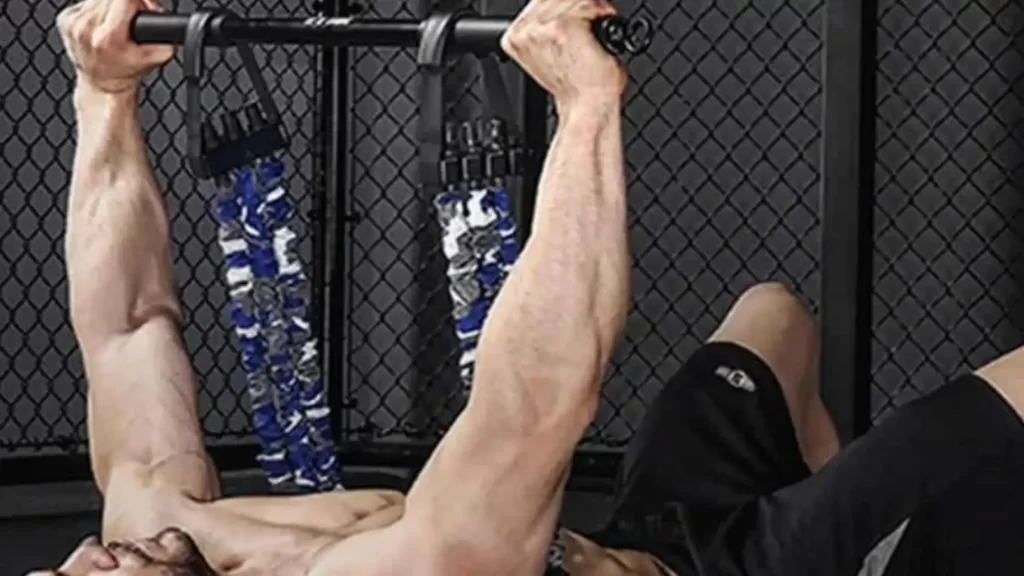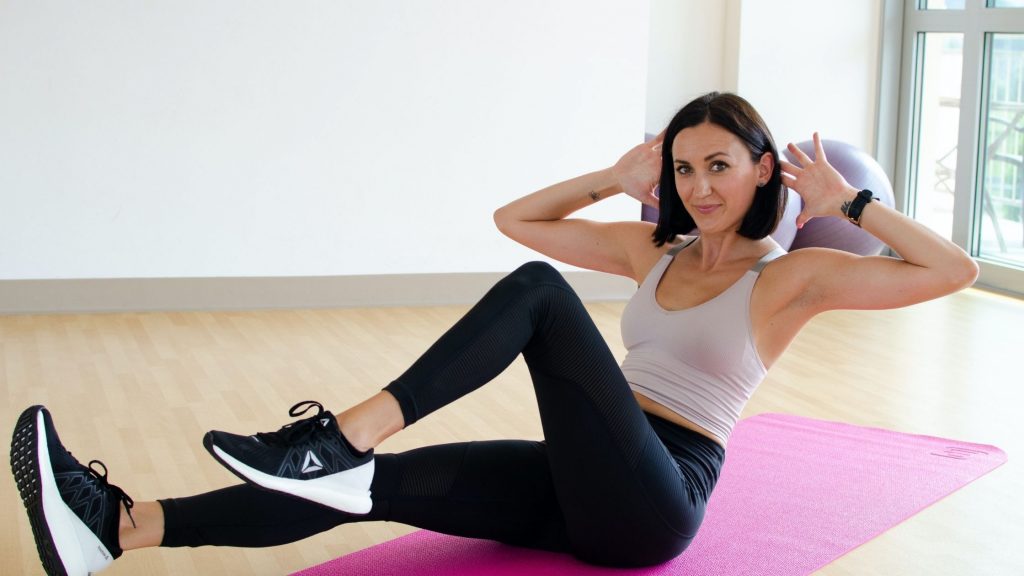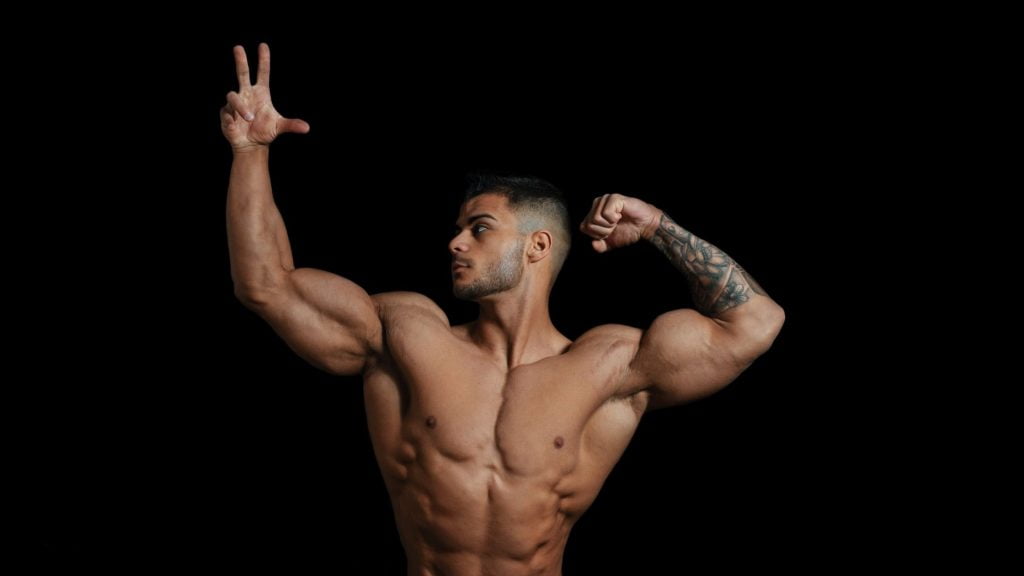Though forms of the Ham Glute Raise Machine were most likely common in the lifting community throughout the first half of the twentieth century, many have simply identified the Glute Ham Raise’s origins in Soviet Russia. From the 1970s onward, the GHR, like the Romanian Deadlift, is associated with Soviet athletes and weightlifters for reasons that will become clear soon.
The Ham glute raise machine is designed to target the hamstrings and is one of the most effective isolation exercises available. The GHR, which looks similar to ordinary back extension machines, has grown in popularity among serious and even casual lifters over the last two decades.
The Glute Ham Raise is an additional way of strengthening and stabilizing the posterior chain for powerlifters and athletes in particular. It may also utilize to isolate the abdominals, obliques, and lower back with some creative thinking and body contortions.

The Glute-Ham Raise strengthens your glutes and hamstrings, as the name suggests. The glute-ham raise is an efficient rear chain exercise for developing hamstring, glute, and lower back strength, hypertrophy, and muscular endurance. The glute-ham raise is an important component of a well-rounded accessory program for power, strength, and fitness athletes that place high importance on those muscle groups for performance and injury prevention. While a glute-ham machine may typically be locate at a public gym, this exercise can also be done without it.
The glute-ham raise is a flexible exercise that may help you get the most out of your leg workouts!
IN THIS ARTICLE
Some Benefits of Glute Ham Raise
Now it’s time to discuss the benefits! Everybody wants a great muscular butt since around and toned posterior completes your body and, let’s be honest, helps you appear more appealing overall. If you have similarly fantastic hamstrings to go with it, you’ve got the whole deal! Here are some advantages of this exercise.
- Improved Glute and Hamstring Growth
The glute ham raise is one of the few exercises that isolate the hamstrings and hips without adding additional stress. Lifters can practice the glute-ham raise to develop muscular conditioning and hypertrophy in the hamstring, glutes, and lower back without touching a weight. While movements like the Romanian deadlift, good morning, and stiff-legged deadlift have their place, lifters can use the glute-ham raise to build muscular conditioning and hypertrophy in the hamstring, glutes, and lower back without touching a weight. That’s crucial whether you’re at risk of injury or just want to give your joints a rest from the hammering of iron.
- Strength Gains
The glute ham raise, unlike the squat or deadlift, improves leg and glute strength without the use of heavyweights. As a consequence, you may use the glute-ham raise as a supplement to increase your squat and deadlift performance.
This workout can help you grow stronger hamstrings and glutes whether you are an athlete, bodybuilder, or simply someone who appreciates fitness.
- Stress on the lower back is reduces to a minimum.
Lower back discomfort is common among persons who squat or deadlift to strengthen their legs. These workouts put a lot of strain on the lower back, which can create pain and hinder fitness improvements.
The glute raise machine, on the other hand, puts relatively little strain on the lower back. This workout is for you if you have lower back discomfort but still want to work out your legs and glutes.

- Increased vertical jumps and speed.
The glutes and hamstrings are important muscles for running and leaping. Their growth is critical for increasing your vertical leap and sprinting speed. However, because the calves are the closest muscle to the ground and contribute to explosiveness, they are also engaged in sprinting and leaping actions.
- Improve Your Posture
When it comes to appropriate posture, everyone thinks about the shoulder blades. Pushing your shoulders back and together is a part of great posture, but the posterior chain of your lower back, hamstrings, and glutes serve to maintain your torso vertical. Instead of straining a single muscle group, these muscles distribute mechanical stress and loading over the complete posterior chain.
ALSO READ: 6 Powerful Chest And Back Workout
Technique of Glute-Ham Raise
First and foremost, this exercise should be perform on a glute raise machine. If you don’t have access to one, there are other viable alternatives. However, the following instructions are only for individuals who know how to operate a GHD (glute-ham developer).
Adjust the GHD pad such that your feet are firmly planted against the toe plate and your quads are resting on the pad at first. Your knees should “fall through” the area between the pad and the toe plate when you come back up for a rep. Push your toes into the plate and stretch your knees after the GHD is set up and you’re positioned on it. Your body will go ahead of you. Allow it to stretch until the point where your torso is parallel to the ground. To get back up, imagine lifting yourself by flexing your knees and falling back into the same spot you were in before.
If you don’t have a GHD, you may complete the exercise by kneeling on a mat and bending forward while having a gym partner hold your feet in place.
Variants of Glute-Ham Raise
It’s now time to talk about variations! Below are three glute-ham raise variants that you may practice to enhance hamstring, glute, and lower body strength, size, and general muscular growth.
1. Weighted Glute-Ham Raise.
Your body works as a lever during the glute ham lift. Your hamstrings and glutes are in charge of lifting this lever upward from a horizontal posture. Try increasing weight to the glute-ham raise if you feel comfortable doing 6-10 repetitions for three sets. Grasp a 10- to 25-pound plate or dumbbell across your chest and do the glute-ham lift the same way. This weight puts extra strain on the liver, causing your hamstrings, glutes, and calves to tighten.
2. Resistance Band with glute raise machine
The resistance band glute ham raise is possibly the most difficult glute-ham raise variation. Place one end of the resistance band around your neck and the other end on the glute-ham machine. Because the band increases resistance on your hamstrings throughout the range of motion, this variant can be tough. This is why we call it adapting resistance, and it’s a great way to spice up your glute-ham raise.
3. Body Weight Glute-Ham Raise.
If you don’t have access to a glute raise machine, don’t worry. It’s no issue! You should do a bodyweight floor glute-ham raise (also known as a Nordic Hamstring Curl). You may secure your ankles by using the bottom of a rack, the knee pads of a lat pulldown glute raise machine, asking a partner to support your feet, or any other creative approach. Begin by lowering your body until your legs are almost totally straight, starting from a vertical, erect posture. Push off the floor or a box to give yourself a boost higher if you can’t complete the rep.
ALSO READ: Total Gym Workout -10 Best Exercises For Whole Body Workout
FAQs
What muscles do Glute Ham Raises work?
The glutes and hamstrings are, unsurprisingly, glute ham raise’s target muscles. The gluteal muscles, which include the gluteus maximus, gluteus medius, and gluteus minimus, are a group of three muscles that make up your buttocks.
The importance of exercising these three muscles can’t be overstated. Fortunately, one of the finest gluteus medius and gluteus maximus strengthening exercises is the glute-ham lift. Similarly, the hamstring is made up of three muscles: the biceps femoris, semitendinosus, and semimembranosus. All three of these muscles in the back of your leg may be strengthened with the glute-ham lift.
Does Glute Ham Raise build muscles?
The hamstrings and glutes are significantly involved in the glute-ham lift. However, muscular growth and endurance can be increased over the whole posterior chain.
Coaches can use a variety of loading, set, and rep schemes to teach the glute-ham raise for growth and strength. Instead of blindly lifting weights or allowing the lower back to take over the activity, concentrate on the muscular contractions. With moderate to heavyweights, do three to five sets of eight to 15 repetitions with 90-120 second rest intervals.
Is a GHD machine worth it?
The GHD is an excellent piece of equipment to have in your arsenal since it allows you to perform a variety of workouts that are tough to duplicate without the glute-ham development or other commercial hamstring devices.
A glute ham development machine allows you to strengthen your hamstrings and glutes while doing sit-ups and back extensions at the same time. While improving the strength of these body parts without a glute-ham raise machine is conceivable, getting results that are comparable to those obtained with a GHD machine is difficult.
Conclusion
Ability, strength, and fitness professionals can employ the glute raise machine to improve pulling strength, hamstring hypertrophy, and lower body performance in athletic lifts. The glute-ham raise strengthens and hypertrophies the hamstrings at both the origin and insertion points, making it a full hamstrings activity. It also requires no external weight, making it a terrific way to work your hamstrings to failure without putting your back or body at risk.
The glute ham raise is a realistic choice for lifters who want to enhance hamstring strength, hypertrophy, and knee stability without having to employ a lot of external loading, similar to what strongman and powerlifting athletes use.
A posterior-chain workout is a glute-ham lift with a glute raise machine. it strengthens the muscles on the backside of the body that collaborate. The hamstrings, on the other hand, take the brunt of the punishment. The glute raise machine is unusual in that it combines the two tasks of the hamstrings—bending the knees and stretching the hips—in a single continuous action that covers the whole range of motion.













